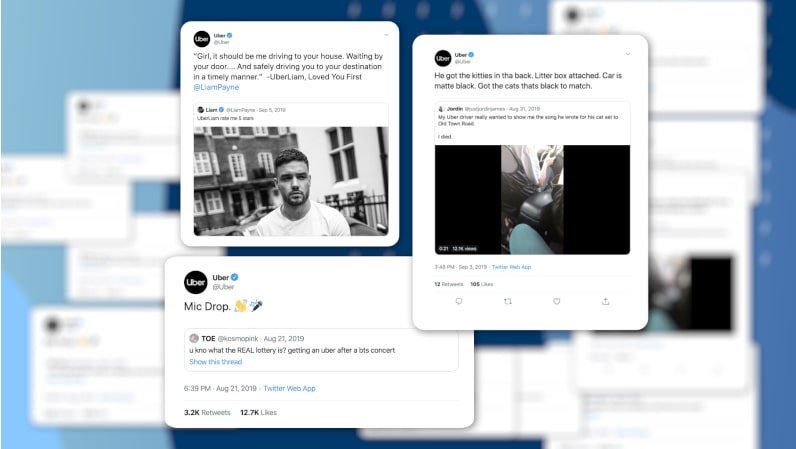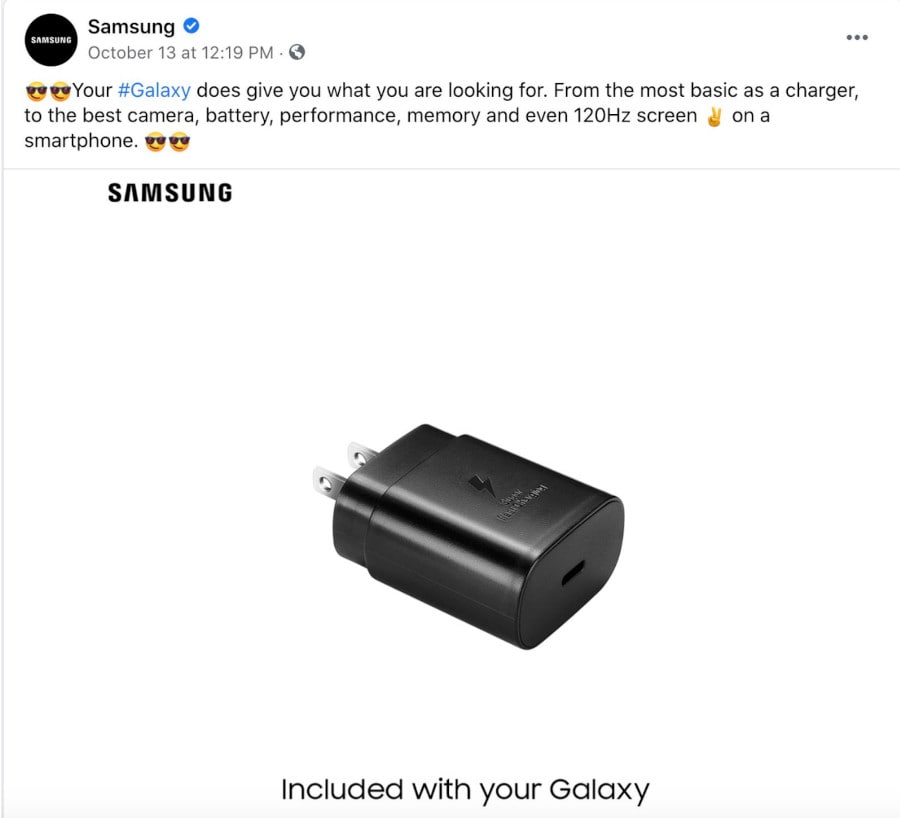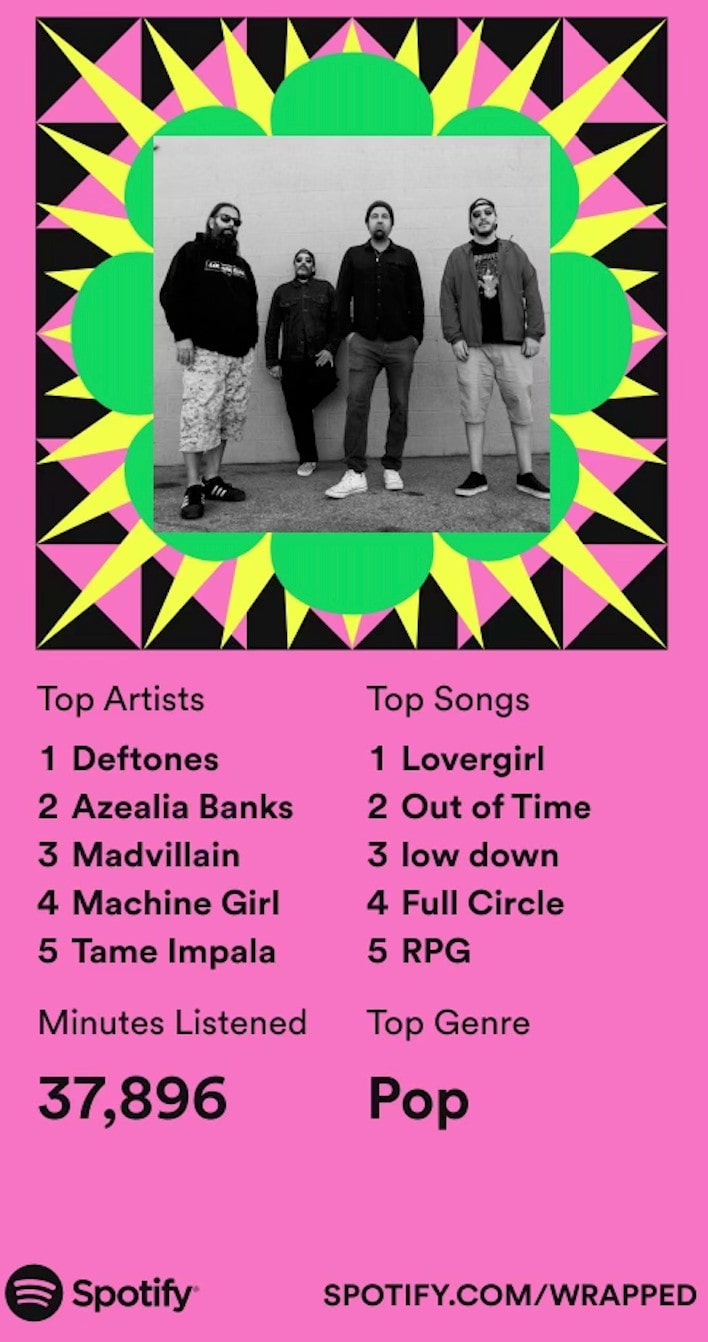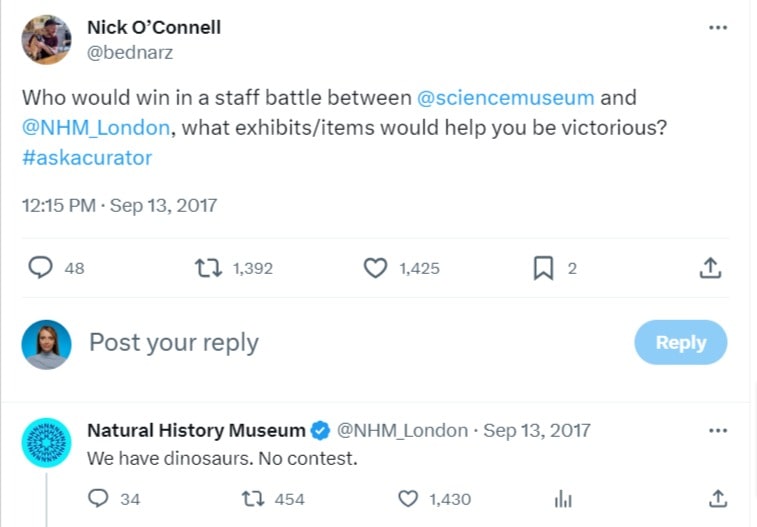Why You Need to Implement a Real-time Marketing Strategy
Don’t let competitors outpace you by using real-time marketing effectively. It’s crucial to integrate this strategy into your business plan to stay ahead.
We’re in a fast-paced world. Customers want immediate solutions. Over half of online traffic now comes from mobile devices. This makes real-time marketing essential for success in today’s volatile market. Timing is key to winning customers. Falling behind on market trends can derail your entire business plan.
Here’s how real-time marketing can keep you on track!
But first, some statistics:
80% of respondents consider ‘real-time’ to be two minutes or less. (Our Social Times)
More than 80 percent want to use analytics to generate real-time actions from customer data. But companies are struggling to achieve this goal. Only 22 percent of those surveyed say they are effective in using analytics and data. (SAS)
More than half of respondents say they need to interact with customers more quickly. (Monetate)
29% of respondents are not engaging in any type of real-time marketing. That’s still almost a third of marketers not seeing the potential in the strategy. That said, 85% of respondents say it is fundamental, significant, or important to their future business success to provide experiences that are responsive to customers based on real-time, in-the-moment behaviors. (Monetate)
Start real-time media monitoring!
Now that you know some facts about Real-time Marketing, let’s take a deep dive into this strategy.
What is Real-time Marketing?
Real-time marketing targets current events and trends to deliver timely content. It’s mainly used on social media to engage with what’s happening in various communities. This strategy can boost your business but requires careful planning.
There are a lot of factors at play when it comes to achieving success with this approach, but we’ll get into those later in the article.
Right-time Marketing
Right-time marketing and real-time marketing share similarities but differ in focus. Right-time marketing aims to predict future customer needs, while real-time marketing reacts to current events.
In right-time marketing, you use behavioral signals to anticipate customer needs. You then offer content that addresses those needs before they become apparent. This approach is more nuanced than real-time marketing. It relies on extensive data to fine-tune targeting, responses, channels, and timing.
Why is Real-time Marketing effective?
Real-time marketing excels in quick response to current events. This agility lets businesses tap into trending topics and seize new opportunities.
It also fosters closer customer relationships. Timely interactions make potential customers feel valued, increasing their likelihood to return. They’re treated like key partners.
Lastly, being first to react gives businesses a competitive edge. It puts them ahead of rivals who are slower to engage with current trends.
Why should marketers use Real-Time Marketing?
Today’s digital marketing is complex. Marketers grapple with optimizing customer experience, navigating disruptive tech, and integrating multiple channels. They also need to understand new metrics like digital attention span, which differs from traditional demographics. Add to this the surge in social media users, and the need for extensive data becomes clear.
Real-time marketing offers solutions. It enables quick responses to market changes, enhancing customer experience. Even small issues can lead to customer churn if not addressed promptly.
Real-time marketing also helps gauge online sentiment. This allows for content adjustments that meet immediate customer needs, boosting loyalty and engagement.
On top of that, real-time systems can optimize cross-channel conversion rates. Whether it’s social media, email, or ads, real-time marketing ensures each touchpoint is effective. As market trends evolve, so should your strategies. Real-time marketing helps you stay agile and competitive.
What are some Real-time Marketing Campaign examples?
Businesses often excel at real-time responses through active social media presence and using tools like Brand24.
Uber’s Retweeting Strategy

Uber took to Twitter to shift the conversation in their favor. They started a campaign to retweet positive tweets about their service. The campaign aimed to highlight the funniest, sweetest, and most relatable tweets about Uber. Celebrities like Liam Payne, Lil Nas X, and even K-Pop sensation BTS were among those whose tweets were retweeted by Uber.
Start real-time media monitoring!
The strategy was simple but effective: Listen, Write, Retweet, Repeat. Uber scoured Twitter daily for positive mentions and retweeted the best ones. For tweets from lesser-known users, the retweet served to amplify their message to a global audience. When tweets from verified celebrities came in, Uber engaged with thoughtful responses designed to build engagement.
The campaign was a success, garnering over 700 positive retweets in a year and more than 53.8 million impressions. It also brought big names like BTS, Liam Payne, and ESPN into the conversation. The campaign is still active and continues to shift the conversation in Uber’s favor.
Samsung’s Charger Jab at Apple

In October 2020, Apple made a significant announcement: they would no longer include chargers with their new iPhones. Samsung seized this real-time marketing opportunity to differentiate itself. The company posted a photo of a Galaxy charger on its Facebook page with the caption, “Included with your Galaxy.” This quick response garnered significant social media attention and press coverage, emphasizing Samsung’s customer-centric approach compared to Apple’s decision.
Spotify’s Year in Review: Spotify Wrapped

Spotify’s annual “Wrapped” campaign is a masterclass in real-time marketing. Every December, Spotify users receive a personalized summary of their listening habits for the year. This includes their most-streamed songs, artists, and genres.
The campaign generates individualized graphics and statistics, which users eagerly share on social media platforms like Twitter and Instagram. This user-generated content serves as free advertising for Spotify and often trends globally, demonstrating the power of real-time data in marketing.
Wendy’s Retweet Saga

In 2017, a Wendy’s fan named Carter Wilkerson tweeted a simple question: “How many retweets for a year of free chicken nuggets?” Wendy’s cheeky reply was “18 million.”
Carter’s tweet went viral, amassing 3.5 million retweets and even breaking Ellen DeGeneres’ record for the most retweeted tweet. The campaign gave Wendy’s weeks of national publicity and showcased the power of listening to customers in real-time.
Museum Twitter Duel

Two esteemed London museums, the Science Museum and the National History Museum, engaged in a Twitter battle when a visitor asked who would win in a staff fight.
The museums used this as an opportunity to showcase their exhibits, gaining attention from followers and media outlets. The engagement was not only entertaining but also educational, highlighting the museums’ offerings in a unique way.
Start real-time media monitoring!
Ice Bucket Challenge
The Ice Bucket Challenge is another stellar example of real-time marketing. This viral campaign aimed to raise awareness for ALS (Amyotrophic Lateral Sclerosis). People would dump a bucket of ice-cold water over their heads, then challenge others to do the same. The campaign spread like wildfire on social media.
Celebrities, politicians, and everyday people joined in. The real-time aspect came into play as organizations and brands quickly jumped on the bandwagon. They created their own Ice Bucket Challenge videos, often adding a unique twist to stand out.
The ALS Association received a surge in donations, totaling over $115 million in the U.S. alone. The campaign’s success was due in part to its real-time nature. Brands that participated showed they were in tune with current events and could act quickly.
Now you know what a proper strategy might result in. Let’s take a look at how you can implement it in your customer relationship management.
How to implement a Real-time Marketing strategy?
It’s time for you to learn how to implement this strategy into your business so that you can stay ahead of the curve and achieve success!
Gathering your own data – real-time marketing automation
Understanding your audience’s sentiment is crucial for real-time marketing. Knowing what people are saying about your brand helps you tailor your messaging.
Use Brand24 to monitor mentions of your brand and customer feedback across social media and other online platforms. These tools can provide real-time alerts and sentiment analysis, helping you understand public opinion and solidify your brand position.
Before and after launching a campaign, gather data on sentiment and engagement. This will help you understand the effectiveness of your real-time marketing efforts and make necessary adjustments.
Competitive intelligence
Staying ahead of your competitors is key to capturing market share.
Use competitive analysis tools to monitor competitors’ social media, product releases, and customer reviews. This will give you a comprehensive view of their strategies.
You can quickly adapt your own strategies based on what’s working for your competitors, giving you a competitive edge.
Real-time interaction management
Customer expectations for quick and relevant responses have never been higher.
Have a team ready to engage with customer queries, complaints, or comments in real-time. Use chatbots for immediate responses and route complex issues to human agents.
Quick and effective problem resolution can turn a dissatisfied customer into a loyal one, reducing churn and increasing lifetime value.
Creating relevant messaging
Timely and relevant content resonates more with your target audience.
Stay updated on current events and trends that relate to your business. Use this information to craft messages that are both timely and meaningful.
Ensure that your messaging aligns with your overall brand guidelines to maintain a cohesive brand image.
Multiple channels
Different customers prefer different channels for communication—social media marketing, email marketing, SMS marketing, push notifications, webinars, and live events.
Don’t limit your real-time marketing to just one channel. Use analytics to identify where your customers spend their time and target those channels.
Monitor the performance of your campaigns across different channels. Use this data to optimize future campaigns, focusing more on channels that yield better results.
Start real-time media monitoring!
In short,
The digital world doesn’t wait. Quick, informed actions are vital for success in today’s rapid social media environment. A multi-channel real-time marketing strategy is your key to staying ahead. Ignoring customer analytics or competitive intelligence leaves you vulnerable to missed opportunities. Whether it’s leveraging a trend or capitalizing on a competitor’s mistake, being prepared and proactive is essential. Act now to ensure you’re not just keeping up, but leading the way.
FAQ
What is real time marketing automation?
Real-time marketing automation is a technology-driven approach that enables businesses to deliver personalized and relevant marketing messages to customers in real-time. It involves analyzing customer data to gain insights and trigger automated actions based on customer interactions or specific requests. This allows your marketing team to respond promptly to customer needs and deliver targeted marketing messages, enhancing customer engagement and satisfaction.
Is real-time marketing only online?
No, real-time marketing is not limited to online channels. While online platforms offer immediate and direct communication with customers, real-time marketing can also be applied across various offline channels. For example, businesses can use real-time data and automation to deliver personalized messages through SMS, phone calls, direct mail, or in-person interactions.


